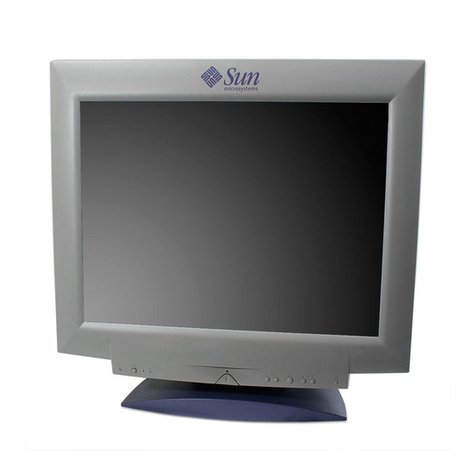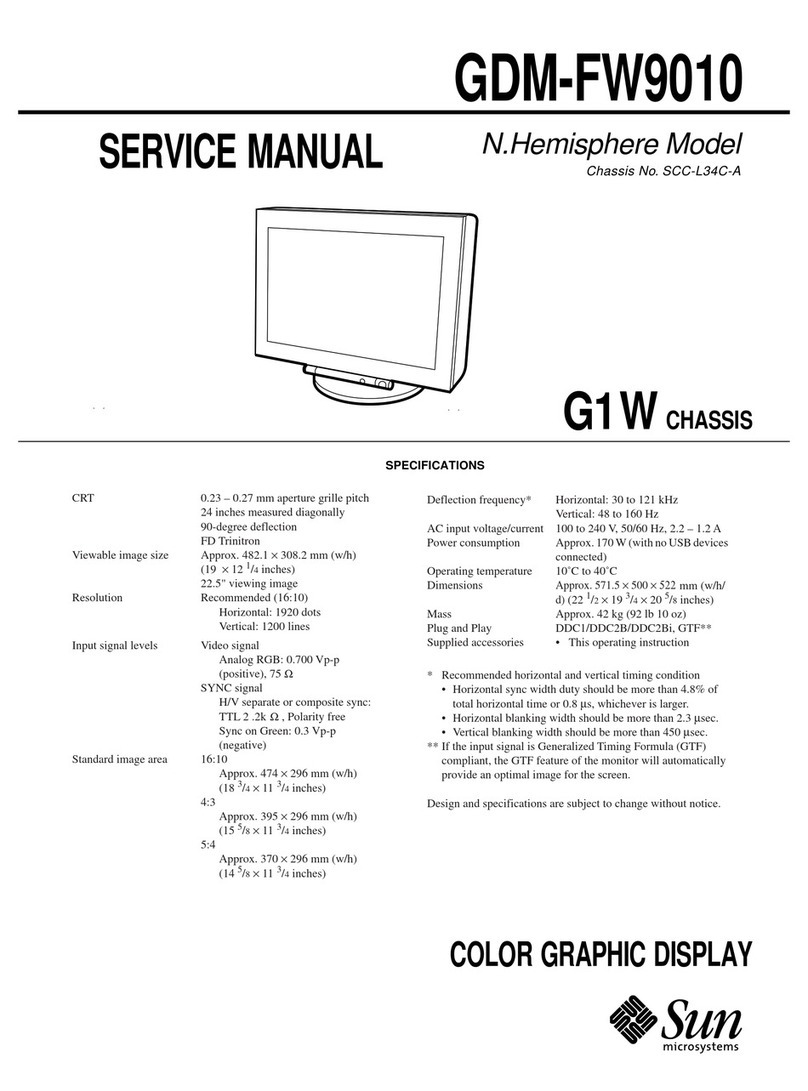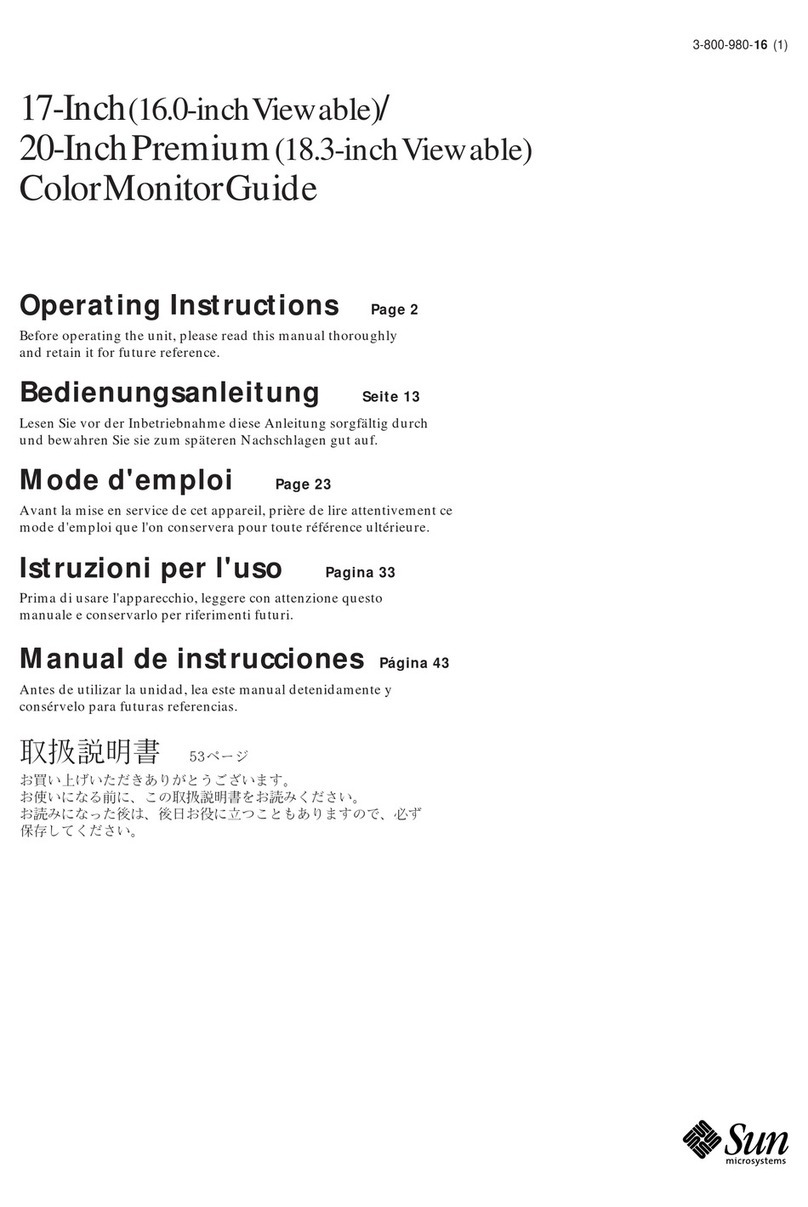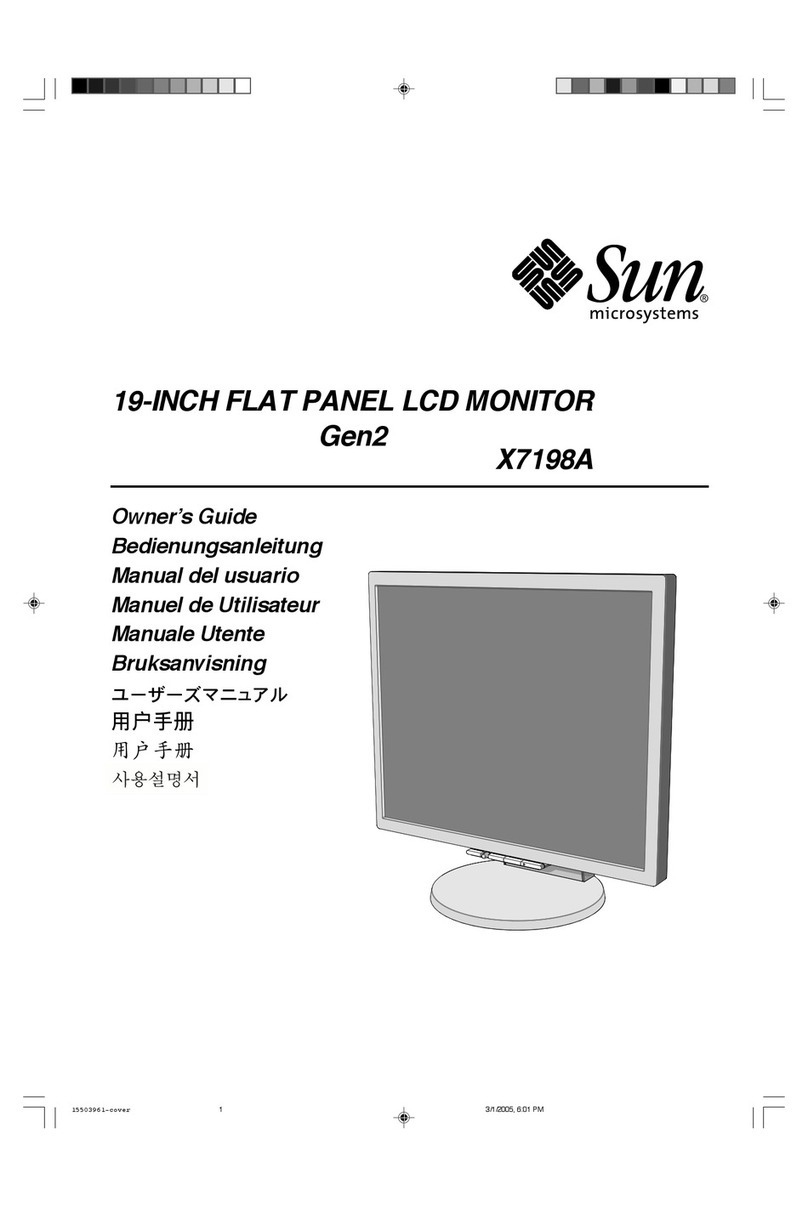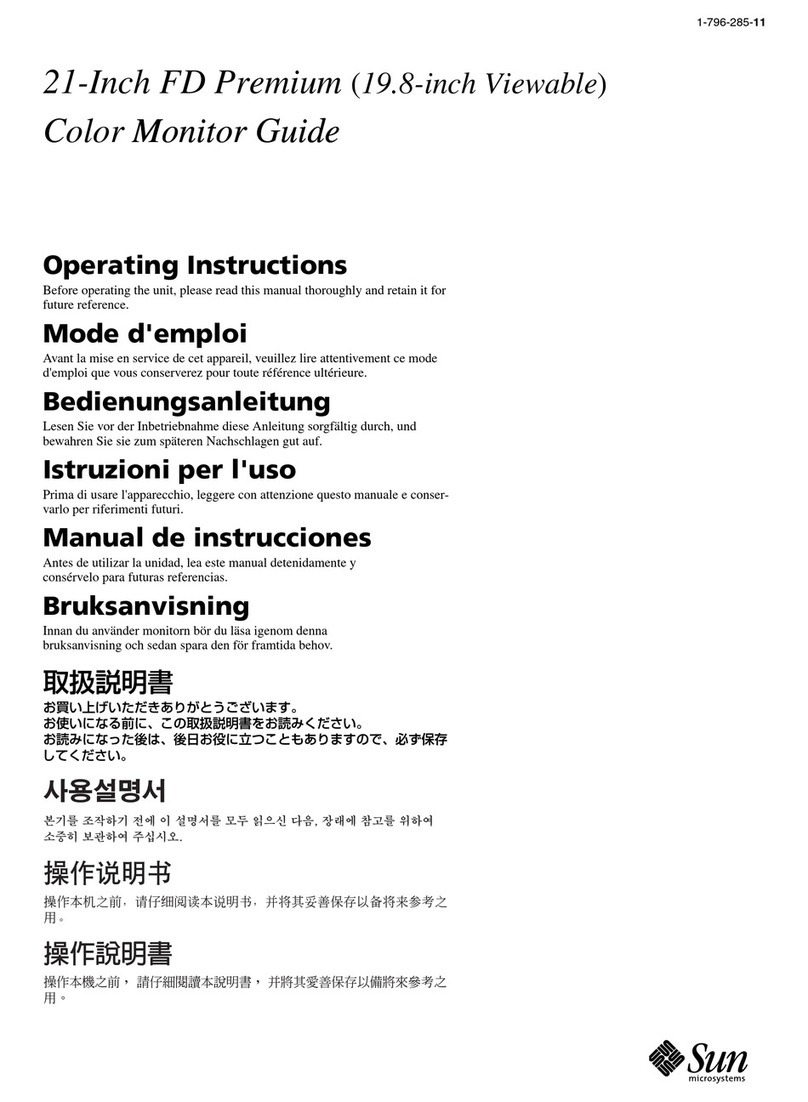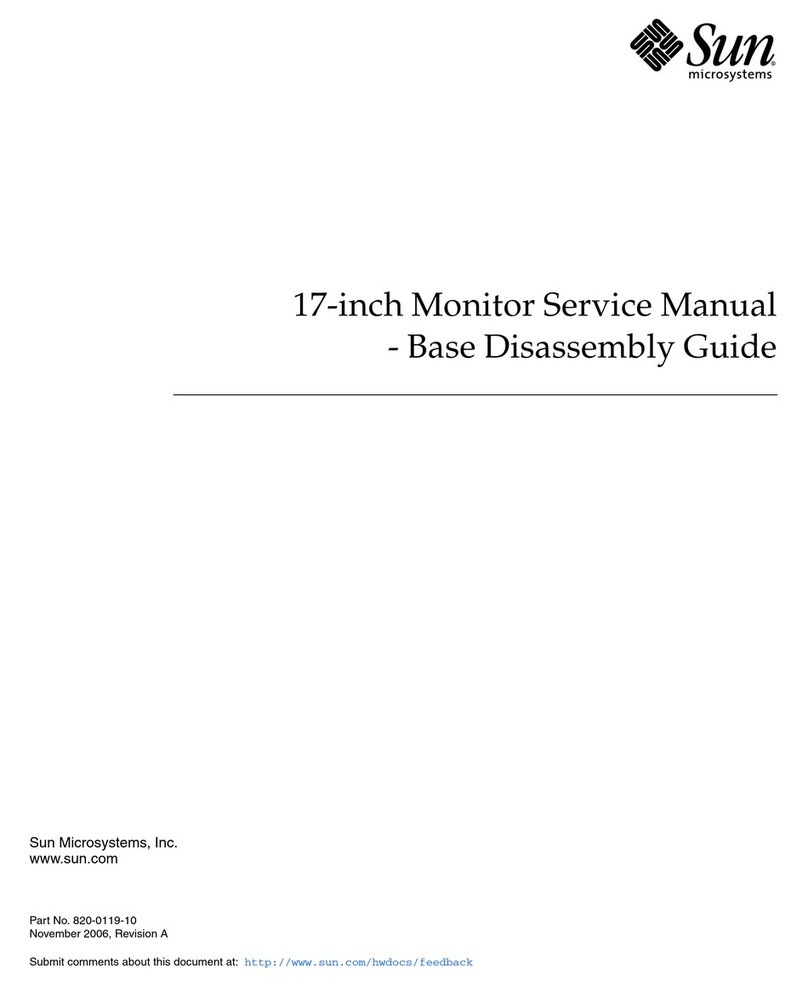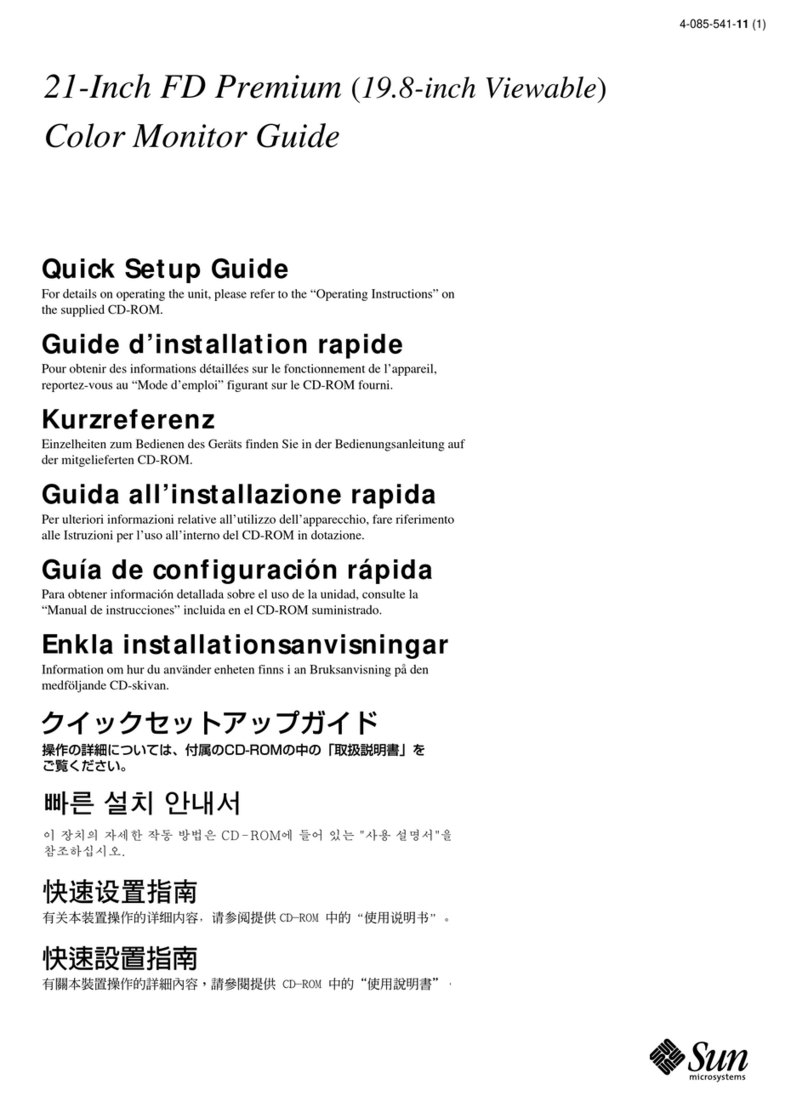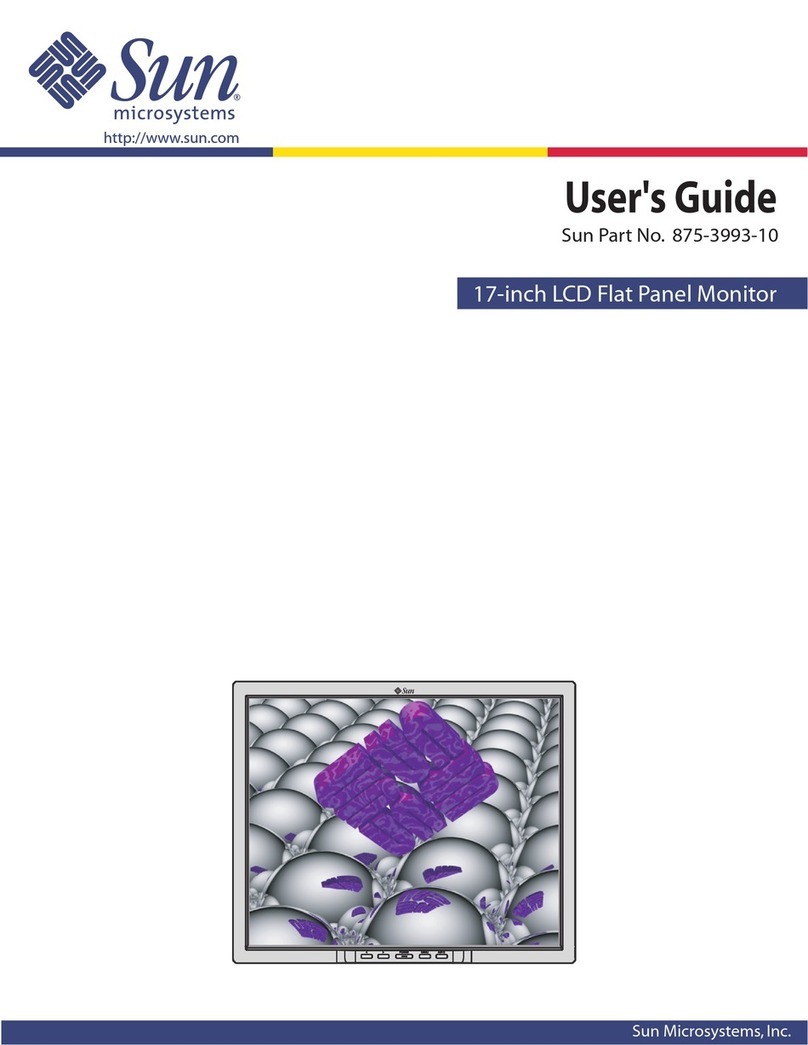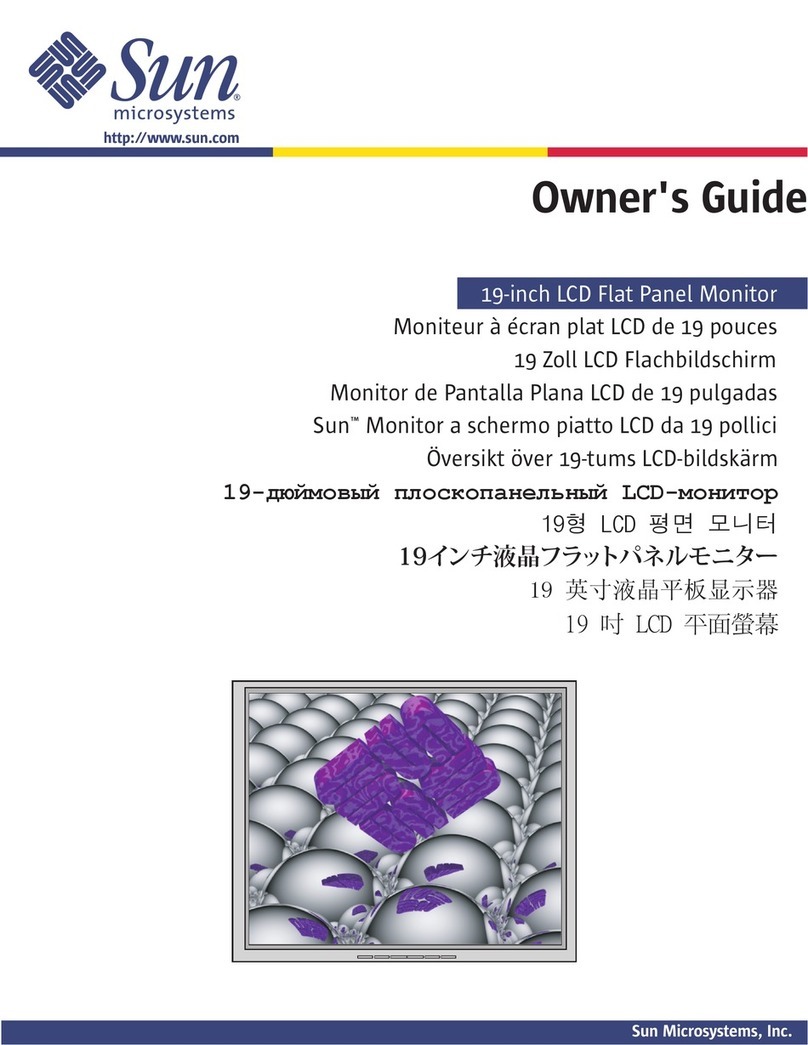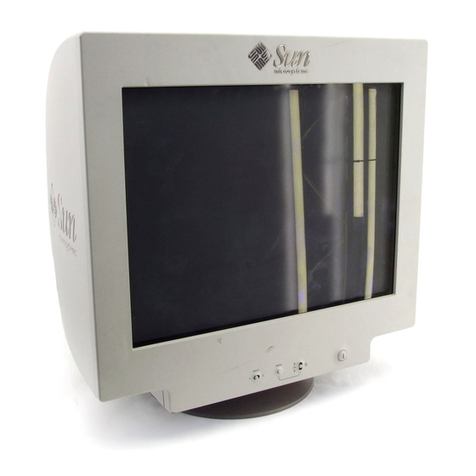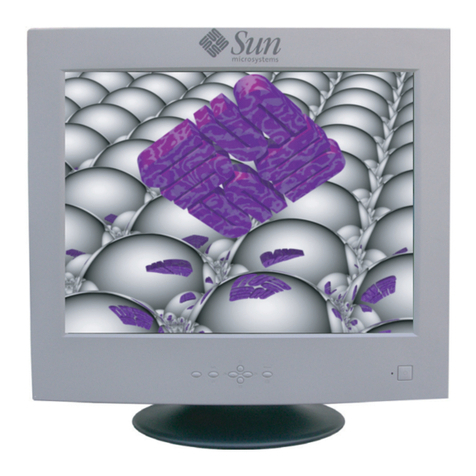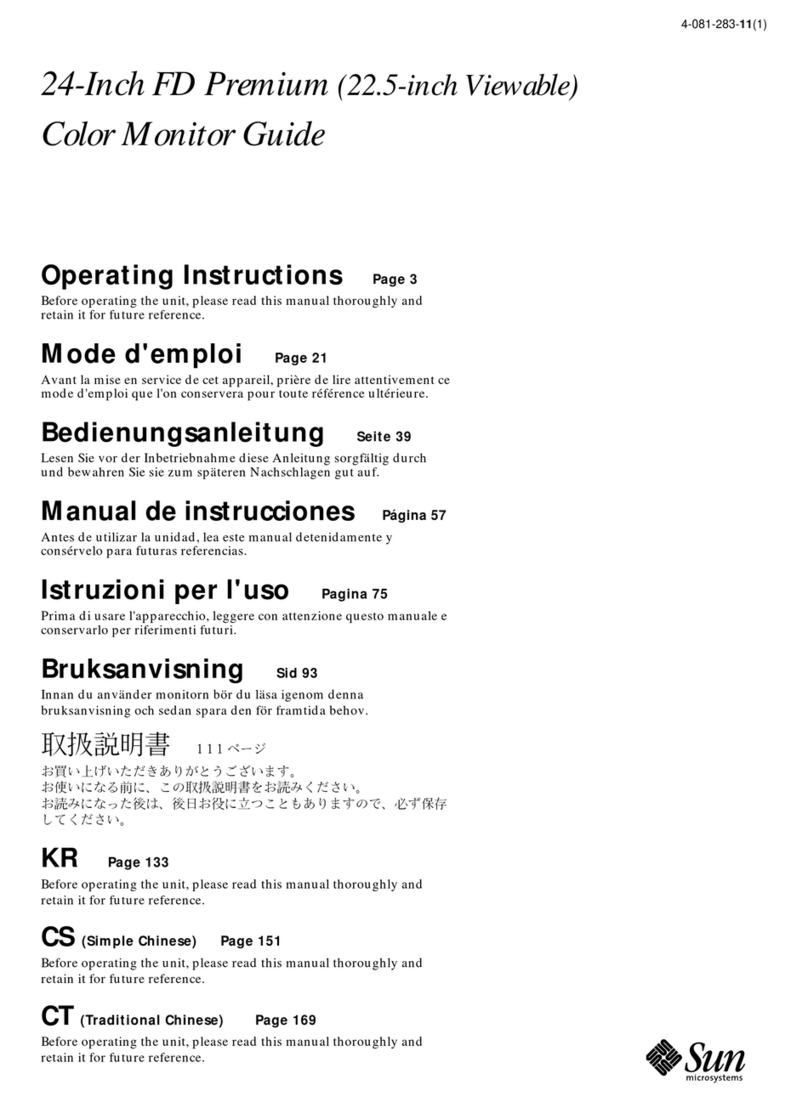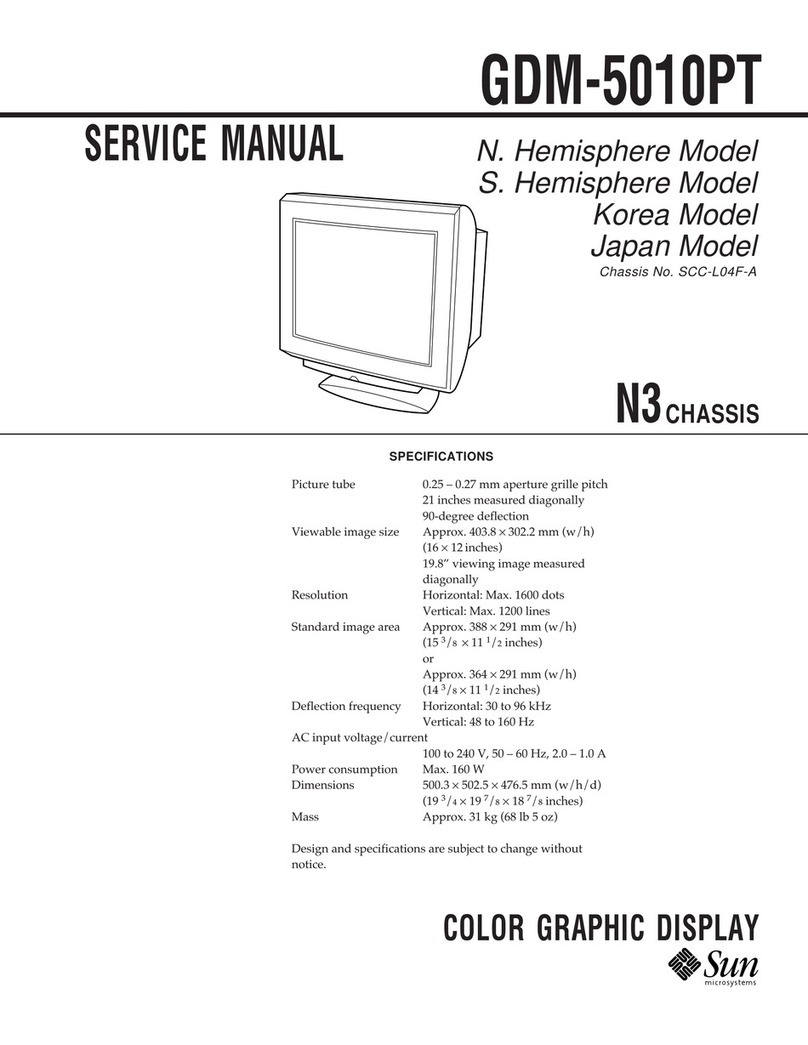
Contents
Introduction
.................................................................................................................................................
xi
Chapter
1 Sun-2 Moniterm Monitor
.......................................................................................
1-1
1.1. Goa.ls and
Objectives...........................................................................................................
1-1
1.2. Safety
Precautions.................................................................................................................
1-1
1.3. Monitor
Description..............................................................................................................
1-1
1.3.1. Horizontal Sync
Signal.............................................................................................
1-4
1.3.2. Vertical Sync Signal
..................................................................................................
1-4
1.4. Monitor Signals
........................................................................................................................
1-4
1.5.
Picture
Tube
.............................................................................................................................
1-8
1.6.
Setting
for
the
Correct
Input
Voltage
......................................................................
1-9
1.6.1. 120/240 VAC
Operation
.........................................................................................
1-10
1.6.2. 100/220 VAC
Operation
.........................................................................................
1-11
1.7. AC
Input
Ratings
...................................................................................................................
1-12
1.8. Fuse Rating
...........................................................................................................................
.....
1-12
1.9.
Operating
Specifications
....................................................................................................
1-12
Chapter
I Troubleshooting the Sun-2 Moniterm
Monitor........................................
1-1
2.1. Explanation of
the
Troubleshooting
Flowchart
..................................................
2-2
2.1.1. Node
and
Off-Page Connectors
..........................................................................
2-2
2.1.2. Decision Boxes
...............................................................................................................
2-3
2.1.3. Asterisks
....
:.......................................................................................................................
2-3
2.1.4. Checking Line Voltage
.............................................................................................
2-3
2.2. Notes
to
Troubleshooting
.................................................................................................
2-17
Chapter
I How
to
Adjust
the Moniterm Monitor
..........................................................
3-1
3.1. Tools Needed for
Adjusting/Repairing
the
Monitor.......................................
3-1
3.2.
Getting
Inside
the
Monitor
..............................................................................................
3-2
3.3. Removing
the
Deflection Board
....................................................................................
3-4
3.4. Removing the Neck Board
...............................................................................................
3-4
3.5. Removing
the
Video Cable
..............................................................................................
3-5
3.6. Removing
the
Remote Brightness
Potentiometer
.............................................
3-5
3.7.
Putting
the
Monitor Back
Together..........................................................................
3-5
3.8.
Adjustments
to
the Moniterm Monitor
....................................................................
3-6
3.8.1. Neck Board
Adjustment
.........................................................................................
3-6
3.8.1.1.
Brightne~
Adjustment:
Pot
R9
..............................................................
3-6
3.8.2.
Adjustment
Potentiometers
on
the
Deflection Board
..........................
3-6
-v-
